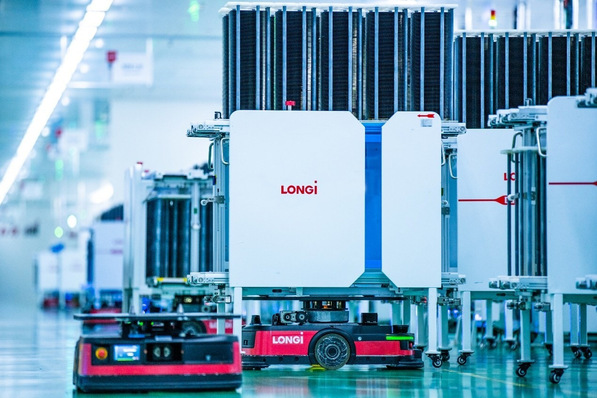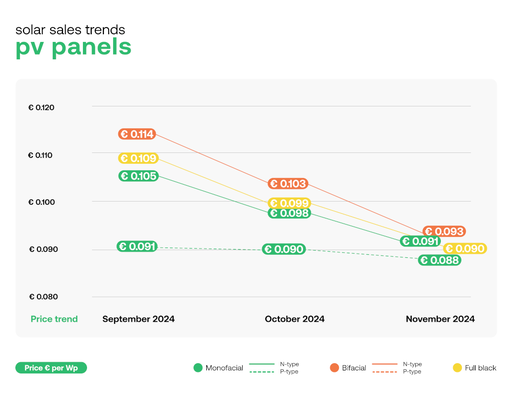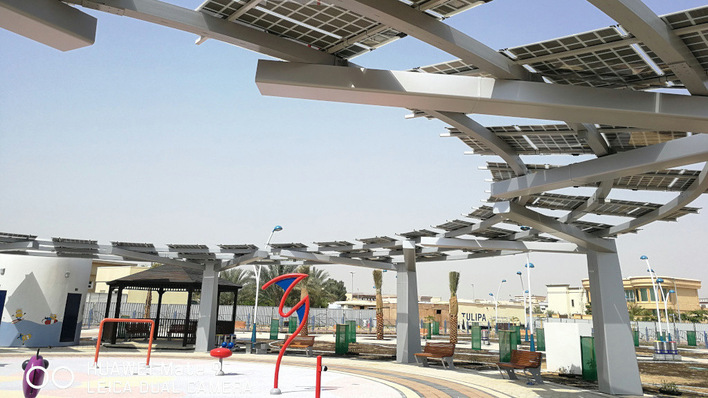“We’ve seen that polysilicon prices have remained fairly stable over the past week, even though the sentiment was somewhat weaker a few weeks ago,” says Gerard Scheper. “Polysilicon producers are under increasing pressure due to rising inventories, partly because wafer manufacturers are struggling to ramp up production. This contributes to maintaining price stability.”
Export value of modules under pressure
According to Scheper, several market sources recently reported a sharp decline in the export value of PV modules in February. “The figures clearly show a drop,” confirms Scheper. “With an export value of 10.364 billion yuan, this represents a 28.10% decrease compared to January. Cumulatively for 2025, we also see a decline of 34.60% compared to the same period last year.”
Next investor newsletter – hybrid systems with storage and wind
This downturn can be partly explained by a seasonal dip in export activity, but Scheper also points to structural factors such as increased competition and changing regulations: “We’ll have to wait and see how the market recovers.”
Rising cell prices due to production growth
“Despite the export drop, we’re seeing an interesting development on the production side,” says Scheper. “Topcon183 and Topcon210 cells have increased in price from 0.3 to 0.31 yuan per watt. That may seem small, but at scale it has a significant impact. Topcon210R remained stable at 0.34 yuan.”
Expert analysis: Is the market optimism justified?
Wafers have also become more expensive. “This price increase is partly due to external factors such as earthquakes, prompting major producers to raise prices again,” Scheper explains.
For a free WoS Market Outlook Report on solar and battery storage, register here
Regarding solar cell production, Scheper notes: “For April, 63 to 64 GW of planned production is expected – over 13% higher than last month. This maintains strong demand for solar cells. But the bottleneck is currently with wafer manufacturers, who can hardly expand capacity due to challenges in production planning and hiring new staff. This has somewhat slowed growth, limiting supply and keeping prices high.”
Outlook: slight increase with possible correction
Scheper concludes with his outlook for the coming months: “All in all, we see a strengthening market. My expectation is that this trend will continue through the end of May, which is the deadline for connecting all projects to the grid. After that, we may see a slight decline in demand, leading to a downward price trend.” Accordingly, companies in the sector should make the most of this period. “Those who anticipate the peak now can gain a strategic advantage before the market corrects again.” (hcn)








